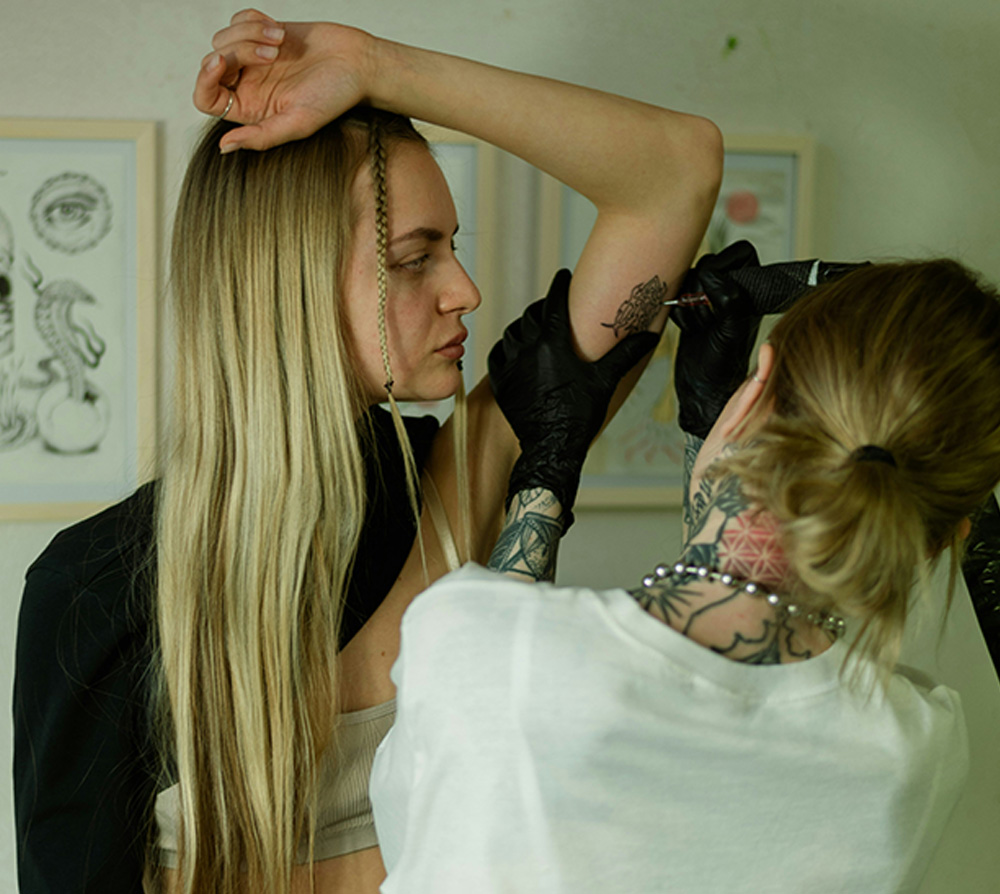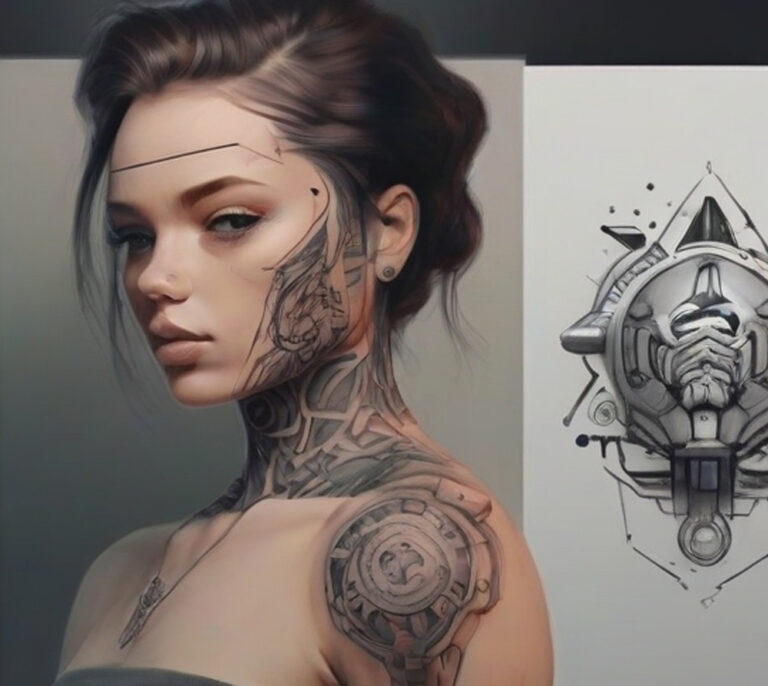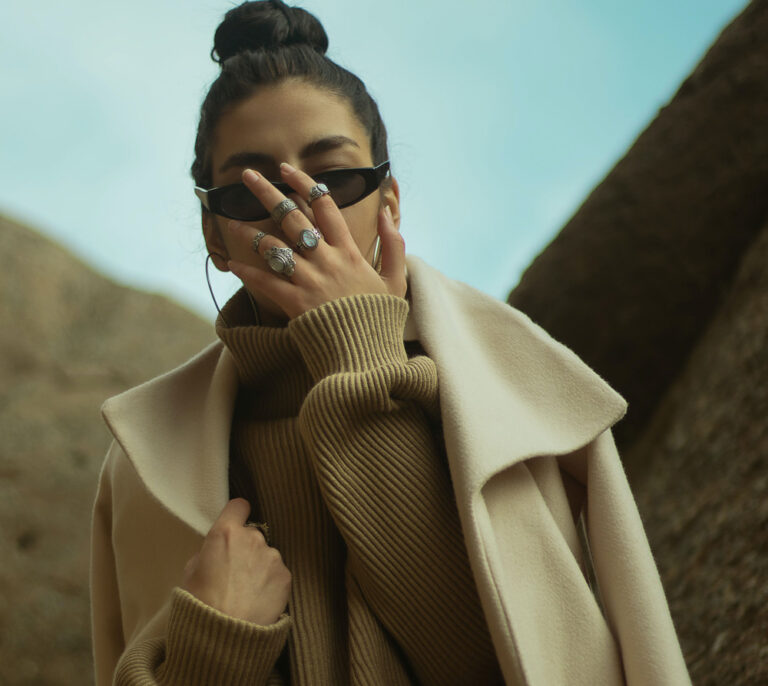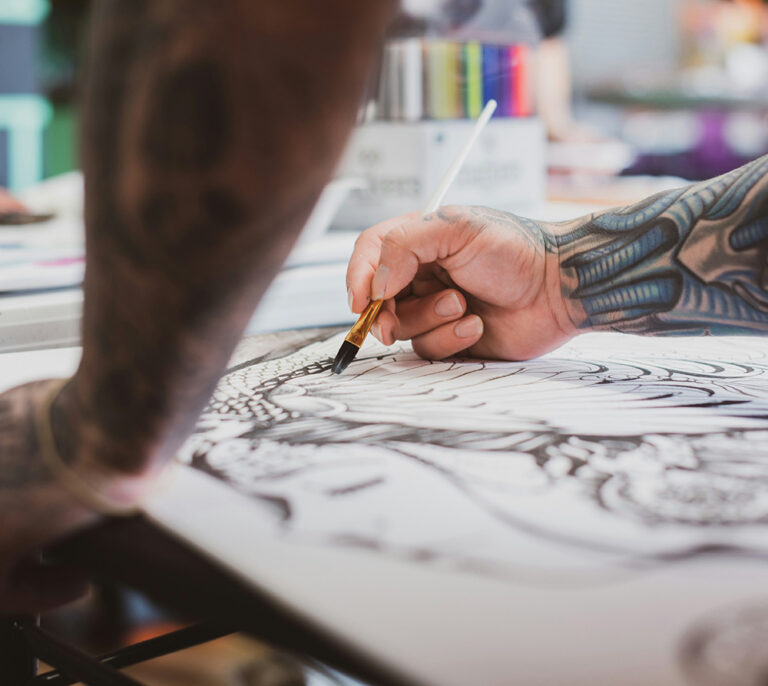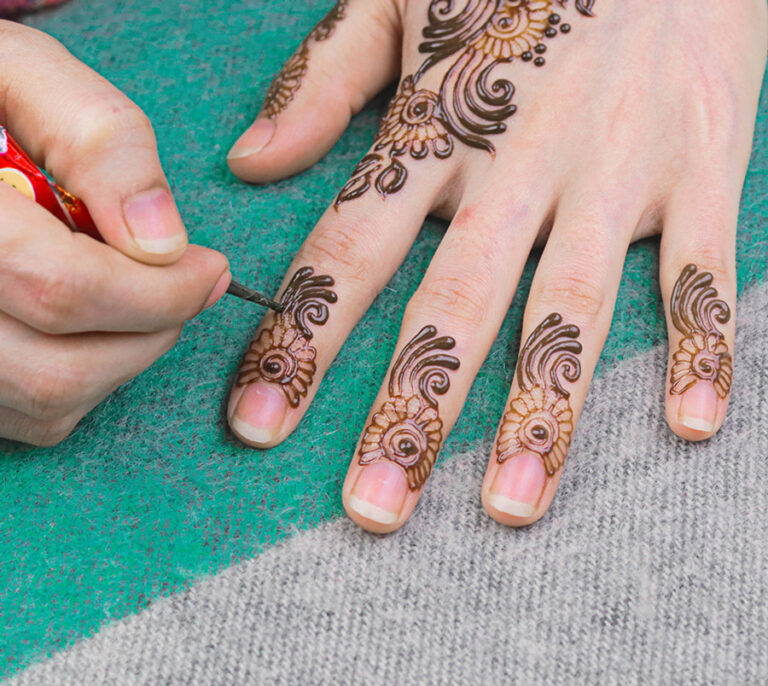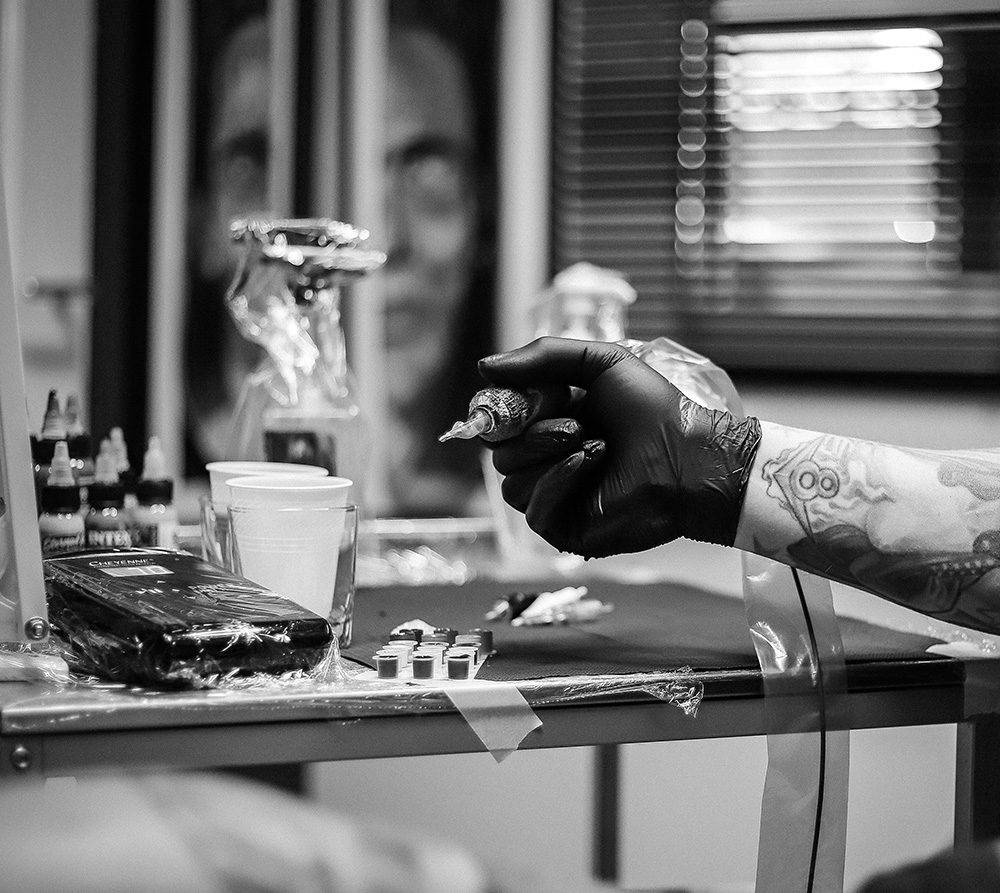Tattoo Pain Scale: Male and Female
Hey there, ink enthusiasts and soon-to-be canvas decorators! So, you're contemplating joining the tattoo club, but the big question looming over you like a dark cloud is, "How Much Do Tattoos Hurt?" Let me share the general tattoo pain scale for men and women. Let's dive in with me!
1. Tattoo Pain Factors: What Influences the Sensation?
- Location Matters: Different parts of the body have varying pain levels. Areas with more nerve endings or thin skin tend to be more sensitive.
- Individual Thresholds: Pain tolerance varies from person to person. Factors like age, mental state, and overall health can influence how you perceive pain.
- Gender: In the grand tapestry of tattoo pain, your gender might add a sprinkle of flavour, but it's not the main dish. It's more about your individual pain tolerance, mindset, and the cosmic alignment of pain factors. So, whether you're a tattooed gent or an inked-up lady, wear your pain like a badge of honour.
- Age
Seasoned Tattoo Aficionados: For those who've seen a few more sunsets, the pain might be a familiar companion. With age often comes a "been there, done that" attitude and some seasoned tattoo aficionados might swagger into the parlour with the confidence of a tattooed sage. The pain? Just another chapter in their inked saga.
First-Time Explorers: Now, for the fresh-faced explorers stepping into the tattoo realm for the first time, the anticipation might be a bit more nerve-wracking. But fear not, the pain is but a temporary visitor, and the ink it brings is the real treasure.
Experienced Skin: The seasoned skin might have a bit more give and take, having weathered the storms of time. This can make the tattooing process feel more like a comfortable stretch rather than a jarring shock.
Youthful Canvas: On the flip side, youthful skin might be more taut and tender. The tattoo needle could feel like a new dance partner – unfamiliar and a bit surprising.
Whether you're a seasoned ink veteran or a fresh-faced explorer, every age is the right age to embark on the inked journey. 🕰️
2. The Pain Scale: From Barely There to Ouch!
- Low Pain Areas: Forearm, calf, outer shoulder (Typically more flesh, fewer nerve endings.)
- Moderate Pain Areas: Upper arm, upper back (Some sensitivity but generally tolerable.)
- High Pain Areas: Ribs, spine, wrist, ankle (Bony areas or close to major nerves, often more painful.)
Let's delve into more details about "High Pain Areas" when it comes to getting a tattoo:
Embarking on the journey of getting a tattoo comes with its own set of considerations, and understanding pain levels across different areas is key. Here, we'll focus on the challenging terrains known as "High Pain Areas," where the tattooing experience tends to be more intense.
The Anatomy of High Pain Areas High pain areas are characterized by proximity to nerve clusters, thin skin, or bony structures, amplifying the sensation during the tattooing process. The heightened sensitivity in these regions contributes to a more intense and, for some, uncomfortable experience.

Ribs: The Sensitive Cage
- Why It's High Pain: The ribs have less padding, with the tattoo needle often coming into direct contact with bone. Additionally, the skin is thin, making nerve endings more accessible.
- Tips for Coping: Controlled breathing and short breaks can provide relief during rib tattoo sessions.
Spine: The Bony Canvas
- Why It's High Pain: The spine houses a network of nerves, and the lack of substantial muscle or fat in this area means the needle is closer to bone.
- Tips for Coping: Communication with your tattoo artist is crucial. Short sessions with breaks can help manage discomfort.
Wrist: The Delicate Expanse
- Why It's High Pain: The wrist is a highly exposed area with minimal muscle and fat. Nerves are close to the surface, intensifying the pain.
- Tips for Coping: Consider smaller designs for the wrist, and discuss pain management techniques with your artist.
Ankle: The Tender Tendon - Why It's High Pain: Similar to the wrist, the ankle has less cushioning, and the tattoo needle is in close proximity to tendons and bones.
Elbow: The Joint Challenge
- Why It's High Pain:* The bony structure of the elbow, combined with its joint movement, makes tattooing here more challenging.
- Tips for Coping:* Discuss positioning with your artist to minimize joint movement during the process.
Knee: The Bony Knot
- Why It's High Pain: The knee has a cluster of nerves and is another area with less natural padding, contributing to increased pain.
- Tips for Coping:* Adjust your seating position to minimize joint movement and discuss pain management strategies with your artist.
Foot: The Tender Sole - Why It's High Pain: The foot has numerous nerve endings, thin skin, and is often in direct contact with bone, resulting in heightened sensitivity.
3. Tattoo Styles and Pain Perception
Line Work: The outlining process can be more intense but is usually quick.
Shading and Coloring: Covering larger areas may lead to prolonged discomfort, but the pain level is often milder.
4. Managing Tattoo Pain: Tips and Tricks
Mind Over Matter: Keeping a positive mindset can help distract from the pain.
Topical Anesthetics: Some tattoo artists use numbing creams to ease the pain during the process.
Breaks and Breathers: Taking short breaks during longer sessions can provide relief.
5. Post-Tattoo Pain: What to Expect After the Ink
Healing Discomfort: It's normal to experience soreness, redness, and itching during the healing process.
Aftercare is Key: Following the artist's aftercare instructions helps minimize post-tattoo discomfort.
6. Pain vs. Beauty: Balancing the Equation
The Artistic Payoff: Many find that the temporary pain is a small price to pay for a lifetime of wearable art.
Conclusion: Embracing the Sting for Inked Glory
As you embark on the inked adventure, remember this – pain is a temporary visitor, but your inked masterpiece is forever. So, whether you're a tattoo newbie or a seasoned ink veteran, get ready to embrace the sting and wear your stories proudly! 💪

